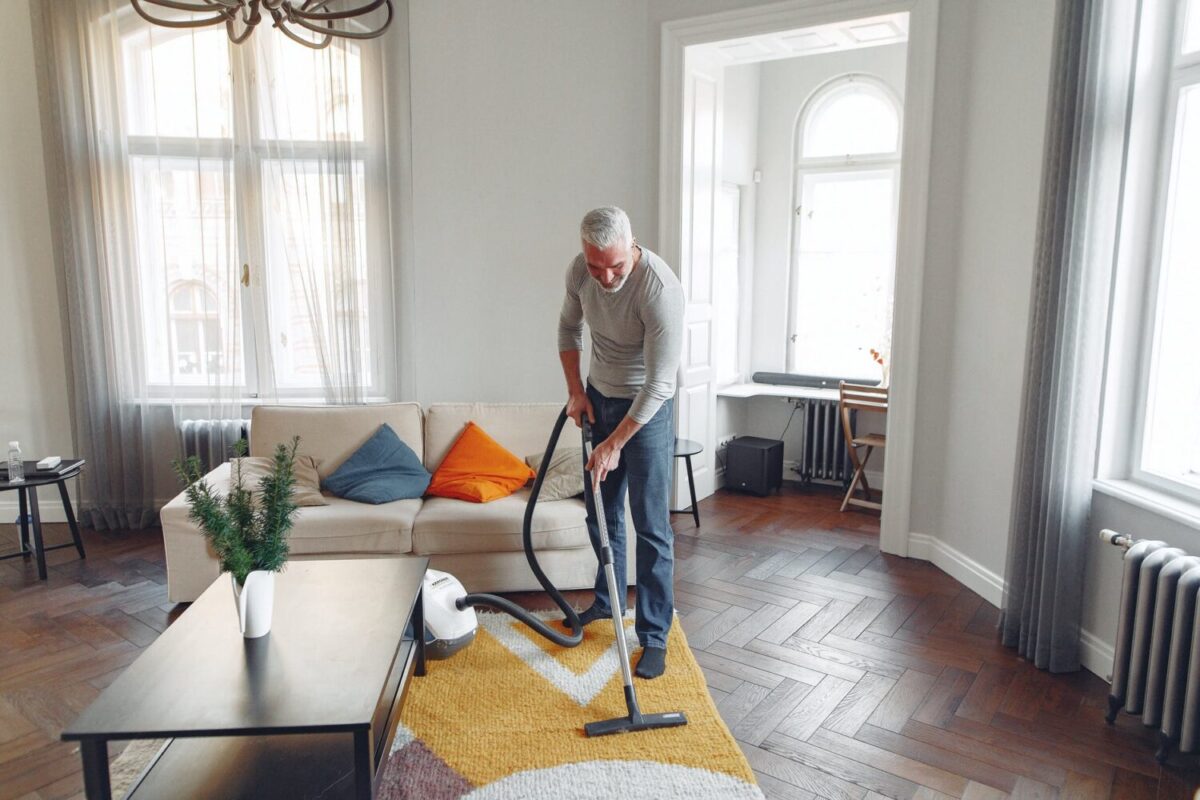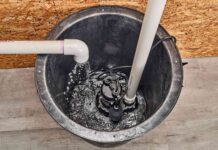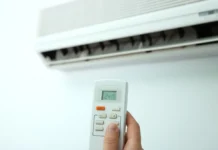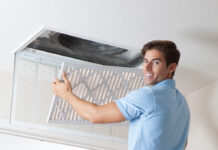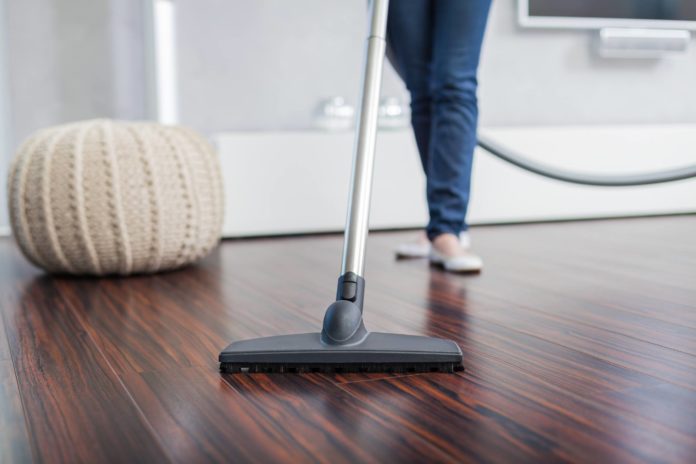
HEPA vacuum cleaners have been marketed as one of allergy sufferers’ strongest defenses against allergens when it comes to home cleaning for years, but do they (all) live up to the hype? The short answer is no. The long answer is that it depends on the type of vacuum cleaner, level of air filtration, and user behavior.
What Is HEPA Filtration?
HEPA (high-efficiency particulate air) filtration is an air purification standard designed to filter out very small particles (down to less than one micron) from-air. A HEPA filter is an air filter that mechanically traps these small particles when air is circulated through it. The most effective HEPA filters can trap particles as small as 0.3 microns and have myriad of industrial and commercial uses. They are most commonly found in allergy-friendly vacuum cleaners and air purification systems.
Are All HEPA Vacuums Created Equal?
Around 20 million Americans live with a dust mite allergy, nearly 18 million are allergic to pollen, and 1 in 4 allergy sufferers are also allergic to mold. So, using a HEPA vacuum is that something better than nothing when it comes making sure that you and your family breathe in clean, healthy air.
But do all HEPA vacuum cleaner get the job done as they are supposed to?
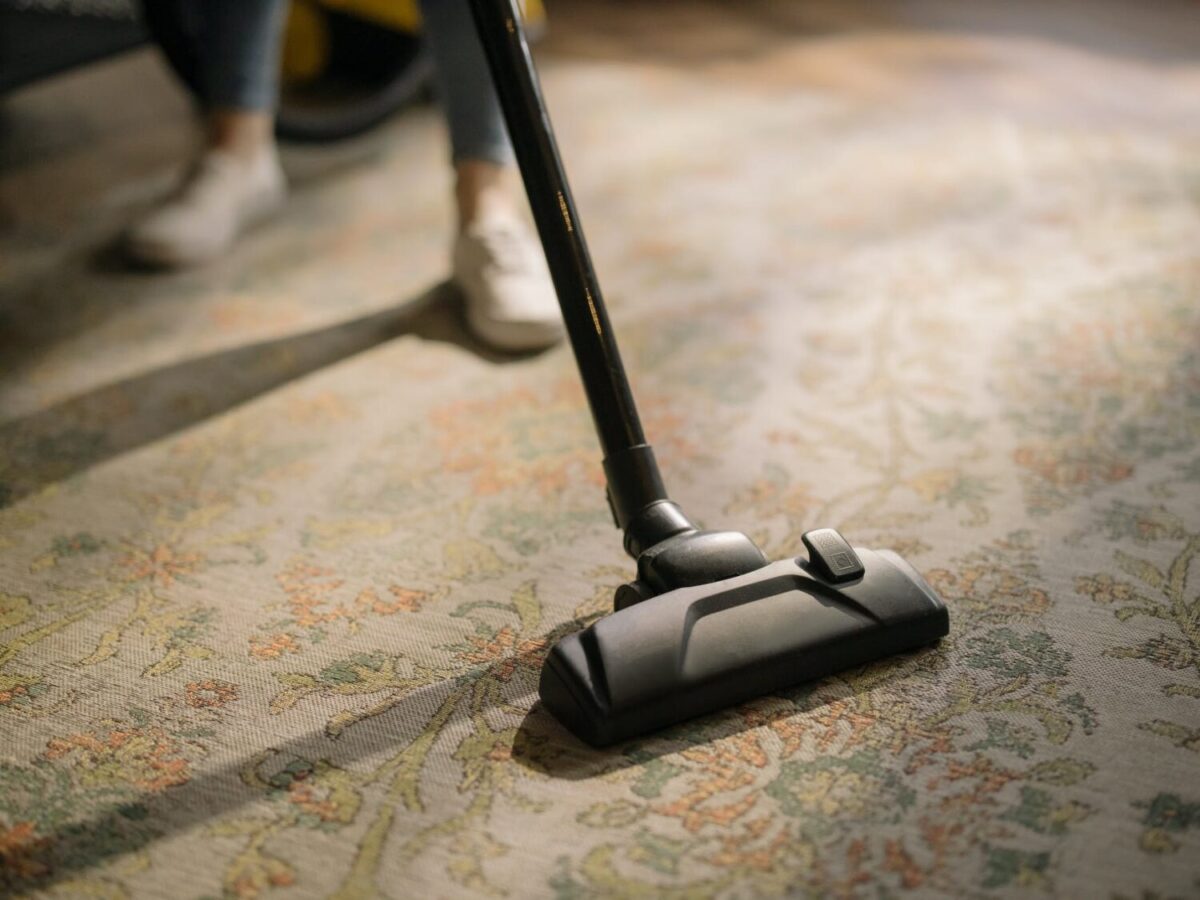
No, some HEPA vacuum cleaners are better than others. While most manufacturers of these vacuum cleaners claim that their machines can remove 99.97% of all allergens like dust, mold spores, pollen, pet dander, and dust mites down to 0.3 microns, few of them actually deliver on that promise. Many HEPA vacuum cleaners’ Achilles heel is their seals.
If a HEPA filter is not sealed properly, not all the air circulated inside the vacuum cleaner gets through it. As a result, the contaminants that were supposed to get trapped in the HEPA filter get blown back into the room via the motor exhaust filter (which by the way should be sealed and equipped with proper filtration as well – a sponge just won’t do).
HEPA filters vary greatly from one vacuum cleaner brand to another. While some HEPA filters need to be replaced periodically, others need only a rinse-off to get back on track. There are even non-HEPA vacuums that are just as effective as HEPA vacuums when it comes to air filtration prowess, but that’s another discussion.
Currently, the most effective air filters are the so-called ULPA filters. ULPA stands for Ultra Low Penetration Air and is an air filtration standard designed for the pharmaceutical industry to trap 99.99% of airborne particles down to 0.12. ULPA filters are very expensive with ULPA vacuums costing thousands of dollars at the moment.
I’m Allergy-Prone. What Should I Be looking for in a HEPA Vacuum?
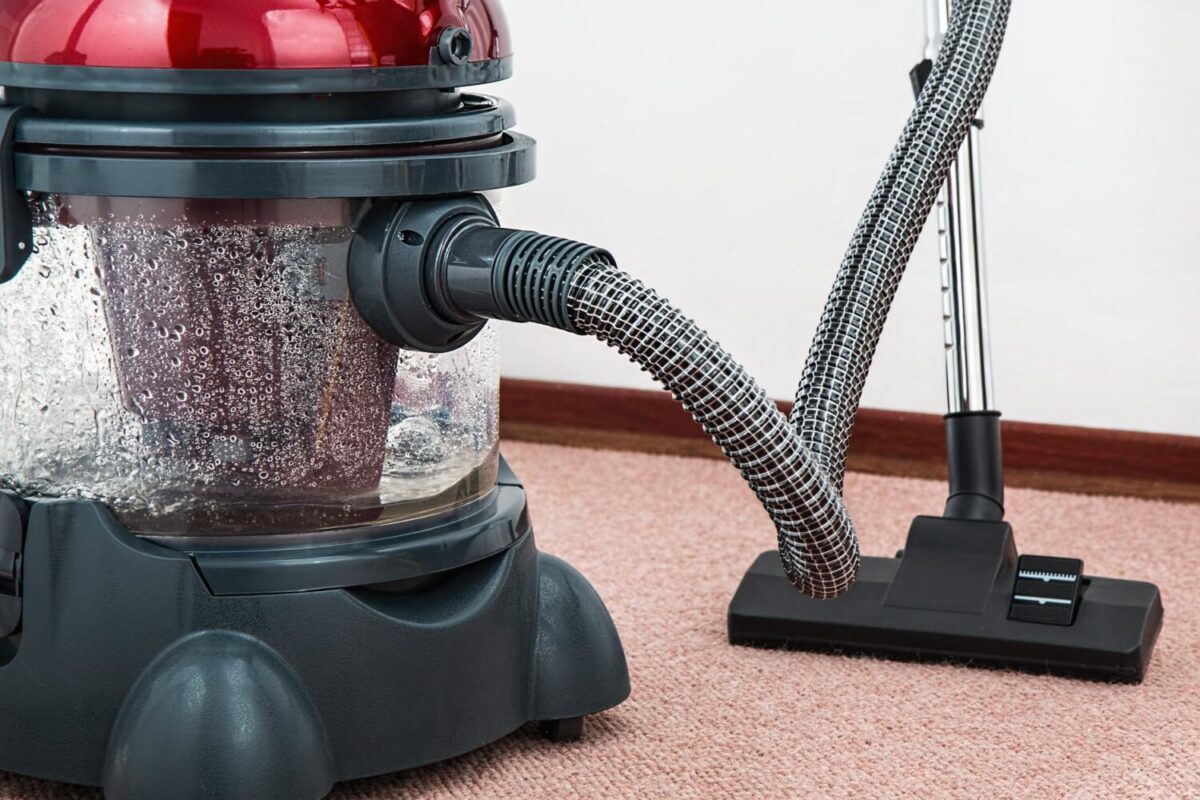
A HEPA vacuum cleaner might have enough suction to make that carpet squeaky clean but if the HEPA filter is not properly sealed the nasties get back into the air which can make allergies worse in the long run. In other words, while vacuuming you dislodge the fine particles of dust, pollen, dust mite waste, and so on from the floor or carpet and spread it around your home and aggravating allergy sufferer’s condition.
When shopping around for a HEPA vacuum, you should keep at least three things in mind:
- Level of suction
- HEPA filter design
- Bin emptying system
According to Pick Vacuum Cleaner experts, suction is critical but two vacuum cleaner models with the same motor power may vary greatly when it comes to actual suction. So, don’t focus solely on motor power. Instead, you should be looking at the machine’s Air Watts value (if available). What’s more, the width of the nozzle also influences suction as the wider the nozzle the more power you need to attain proper suction.
The HEPA filter design is also critical when looking for an allergy-friendly vacuum cleaner. The air filter system should be air-tight to ensure that the really fine particles are not recirculated back into the room you’re cleaning. Both the frame the filter sits in and the collection chamber need to be sealed. The same goes for the motor exhaust filter.
The bin emptying system is also critical for a good HEPA vacuum if you’re an allergy sufferer. Many shoppers tend to overlook this aspect, but allergens need to stay locked up until you remove them from your home if you want to avoid aggravating allergies.
While some bagless HEPA vacuum cleaners do a great job at keeping allergens contains (were talking about those with ‘hygienic’ emptying systems or with one-click bin emptying design) they greatly lag behind some bagged HEPA vacuums.
A disposable dust bag is simply a safer environment to keep allergens contained as you never have to come in direct contact with the nasties when emptying a vacuum cleaner’s bin. You also don’t run the risk of getting allergens back into the air for you to get them into your lungs. Look for bags that are made of HEPA-grade materials to make sure that you stay on the safe side.

Bear in mind, that bagless vacuum cleaner fans claim that bagged vacuums are less cost-effective as the bags need to be replaced on a regular basis. They also argue that bagged machines lose suction as bags fill up. While the first argument holds water, the latter does not. Even bagless vacuums tend to lose suction as they gather more dust and dirt but, in both cases, that largely depends on the model. A pricier HEPA model should not have this kind of problems at all.
Cleaning tools and attachments are also a critical factor to take into consideration when looking for a great allergy-friendly vacuum cleaner. You will indeed need specialized tools to pick up pet hair or allergens from hard to reach areas such as upholstery, ceiling, stairs, and cars. But the top 3 factors to always consider in a HEPA vacuum for allergies are the suction, the HEPA filter, and the bin emptying system.
The Bottom Line
A HEPA filter is not 100% fail-proof. Even HEPA vacuum manufacturers admit that their products can trap only up to 99.97% of particles including allergens. What’s more, if the filter system is not properly sealed – a common occurrence among cheap HEPA vacuums, you can make your allergies worse as allergens get blown back into your home’s air instead of being allowed to sit undisturbed on your floors and furniture.
A vacuum’s suction and bin emptying system also play a huge role in an allergy sufferer’s household. So, take all these factors into account when shopping around for a good machine.

